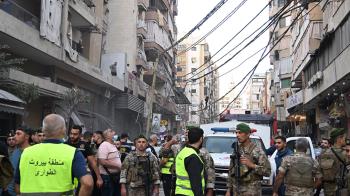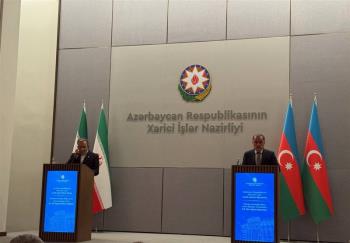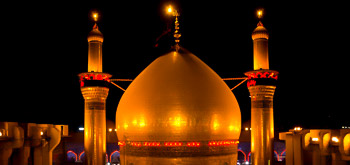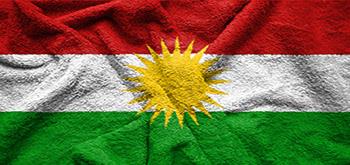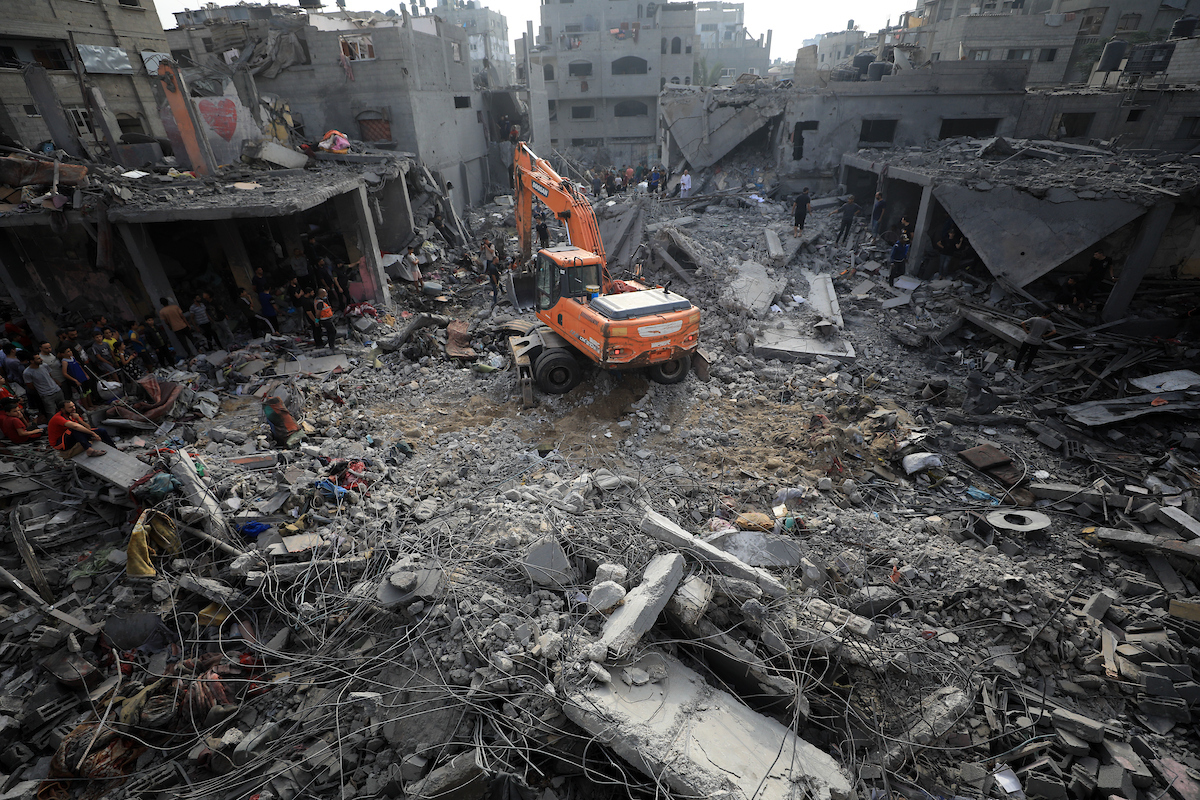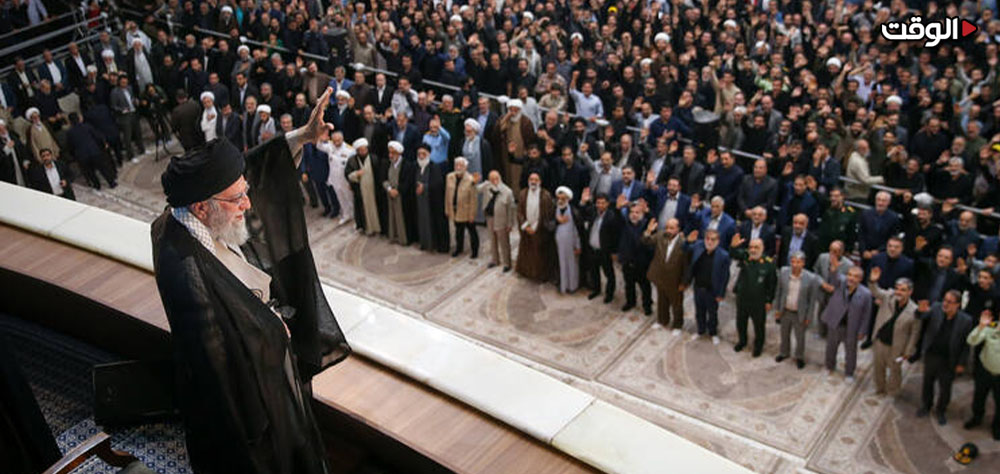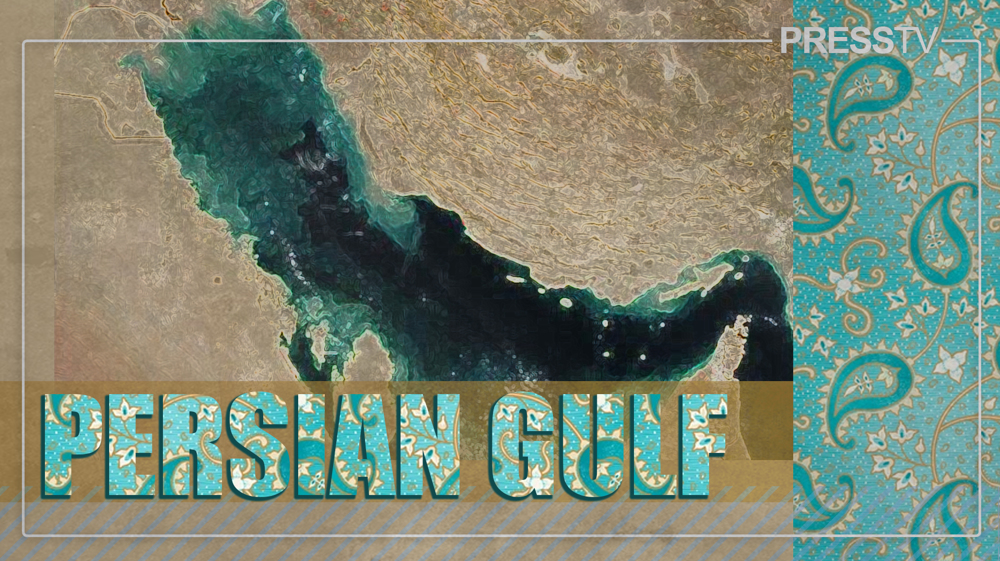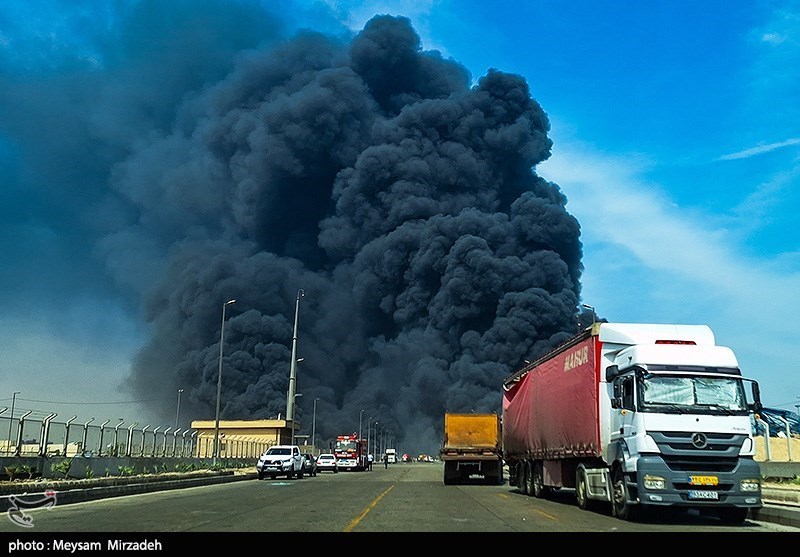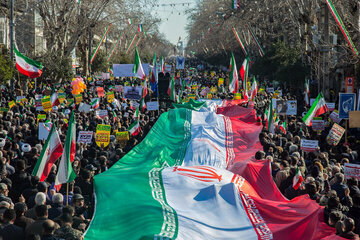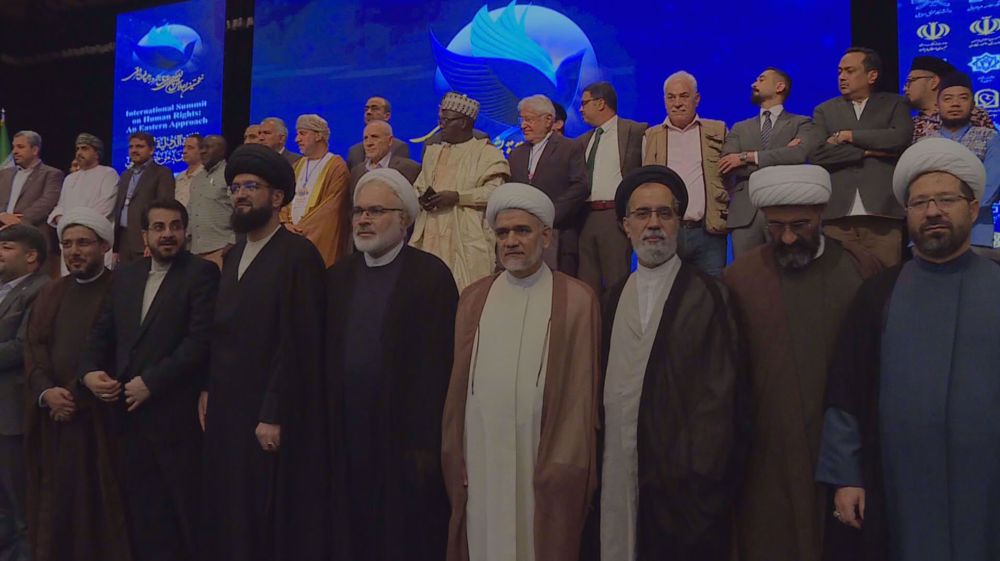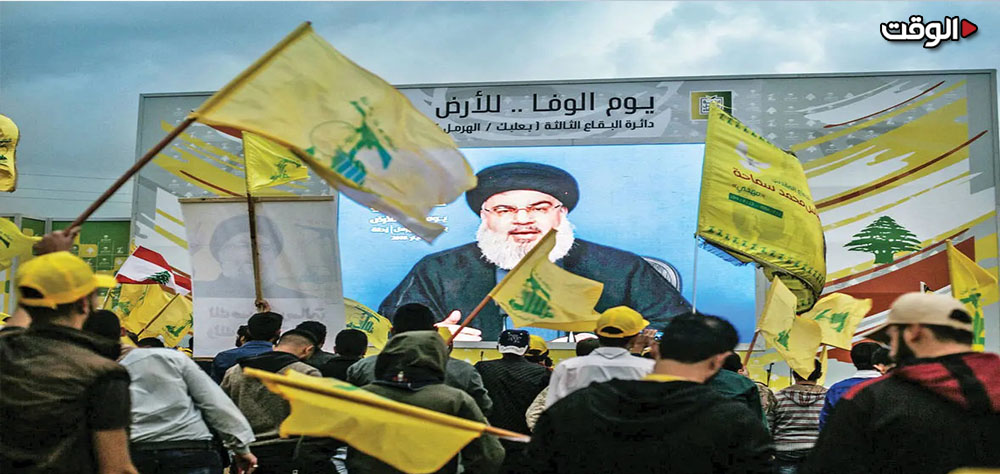Alwaght- In recent days, mainstream and social media have been flooded with images of Gaza residents rejoicing about stop of war and arrival of the humanitarian aid.
Footages of entry to the war-ravaged enclave of large amounts of food and medicine and their distribution among the people have been circulating widely, giving a good feeling to the followers of news of Gaza about end of the plight and genocide after two years of of unabated Israeli bombing.
Yet the reality in post-war Gaza tells a different story, one that cannot be understood solely through the lens of media cameras, particularly those of Western and Arab outlets.
Despite the grand promises made at the Sharm El-Sheikh peace summit, where leaders announced a new phase of Gaza's reconstruction backed by extensive Arab and international support, the situation on the ground appears far darker and more complex. While official statements speak of future plans, conferences, and aid, two years of intense war have produced catastrophic scenes and unknown levels of devastation, so severe that multiple reports still fail to capture the full picture.
Local authorities in Gaza say the aid arriving is negligible compared to the people’s needs, even if the agreed-upon 600 trucks per day were to enter without interruption. They stress that the response has been insufficient to address the plight of hundreds of thousands of displaced Palestinians.
According to Assem Al-Nabeh, the official spokesperson for Gaza Municipality, the city has suffered “very significant” destruction as a result of Israeli bombing in recent weeks. He stated that armored vehicles packed with explosives were used against homes and civilian infrastructure, collapsing road networks, water systems, and sewage lines.
Al-Nabeh explained that Gaza’s municipalities now face an unprecedented challenge. Another Palestinian official from the municipality revealed that Israel has destroyed around 95 percent of trucks and heavy equipment in the Gaza Strip and confirmed that 193,000 buildings have been completely leveled, while 16 hospitals are now operating at limited capacity.
The official noted that some 50 million tons of rubble from residential and industrial buildings are now piled in Gaza’s streets alone.
With approximately 90 percent of the roads in the Gaza Strip’s administrative center destroyed, he stressed that the immediate priority is clearing the streets of debris before reconstruction can even begin.
The municipality has submitted a detailed list of urgent needs to international and United Nations organizations, including heavy equipment, fuel, spare parts, generators, and new water networks.
He warned that without meeting these needs, municipalities will be unable to provide even the most basic services to residents. Despite limited capabilities, municipal teams have begun reopening destroyed streets and helping residents access their homes. However, he said these efforts “will not last long unless international institutions intervene immediately to alleviate the suffering of Gaza’s people.”
According to the World Bank and the UN, the total amount of damage to Gaza infrastructure by earlier 2024 was over $18 billion, and is now further indeed. This is while the predicted cost for Gaza reconstruction in the coming decade is $70 billion, including $20 billion in the first three years to cover power, water, housing, and basic services.
A new United Nations Development Programme (UNDP) report has estimated the cost of rebuilding Gaza at roughly $70 billion.
The UN agency stated on Tuesday that it now sees "very positive signs" regarding funding pledges from Arab nations, European partners, and the US.
At a press conference in Geneva, UNDP official Jacques Silier announced that the next phase will see an intensive push to mobilize international funds and launch reconstruction programs. He stressed that the top priority for donor countries and UN agencies will be to ensure a safe and sustainable reconstruction of Gaza.
He held that the scale of destruction requires a comprehensive plan. This would begin with clearing the rubble and rebuilding essential infrastructure, including schools, hospitals, and water and electricity networks, with the goal of accelerating the return to normal life in the Gaza Strip.
Within this framework, Engineer Karim Al-Aksar, the head coordinator of the Gaza Reconstruction Committee, publicized the details of the Egyptian plan's phases. He told On TV that the plan's first phase focuses on immediate reconstruction efforts. This initial stage will last six months and has a budget of up to $3 billion.
Al-Aksar explained that this phase will primarily involve clearing the massive piles of rubble resulting from the widespread destruction of infrastructure across Gaza.
Regarding the second phase, Al-Aksar said it is broader and longer, lasting approximately two years and requiring a budget of up to $20 billion. This part of the project aims to provide immediate shelter for citizens who have lost their homes. It will supply 200,000 makeshift housing units, housing approximately 1.3 million displaced people. Officials deem this phase essential to ensure the return of displaced persons and protect them from the harsh conditions of displacement, especially given the severe shortage of basic facilities and services.
Al-Aksar added that the Egyptian plan also recognizes the importance of Gaza's agricultural sector. It includes programs to reclaim farmland to ensure the revival of agricultural activities, which a large number of residents rely on as their primary source of livelihood and which are critical for supporting food security in the Strip.
Challenges of reconstruction
The post-2014 war experience showed that the financial promises are not sufficient, unless they translate into action. At the time, the donors promised around $5.4 in reconstruction funds oto Gaza, but a major part of these found were not delivered due to political complications and lack of an effective management system to handle the budget.
A second major challenge involves establishing a reliable mechanism for the sustained flow of aid and the import of reconstruction materials. Israel continues to enforce strict restrictions on the entry of construction materials and heavy machinery into the Gaza Strip, arguing that these supplies could be diverted for military purposes. Previous experiences with Gaza's reconstruction have demonstrated that these limitations critically hamper project timelines and have paralyzed the local contracting market.
Clearing the ordinance and making sure war is over
The clearance of unexploded ordnance remains one of the most severe obstacles to launching reconstruction projects. According to UN data, hundreds of square kilometers of land in Gaza must be cleared before any safe reuse or rebuilding can begin. The UN Mine Action Service (UNMAS) estimates this process will require massive funding, specialized equipment, and highly skilled engineering teams. This makes the initial "field engineering" phase the foundational bedrock upon which all subsequent reconstruction depends.
UN reports indicate that with over 50 million tons of rubble and unexploded ordnance littering populated areas, the debris clearance alone could take between ten and fifteen years. This reality means any comprehensive reconstruction plan is wholly contingent on the progress of these initial, critical demining and field engineering operations.
In summary, the gap between the media image of calm in Gaza and the field reality of devastation is deep and alarming. Gaza is not only facing an urgent humanitarian crisis but also a pile of unbelievable infrastructural and logistical challenges. Time is running out for the war-ravaged enclave. The international community now faces a historic test: Can it muster the urgency demanded by this disaster, overcome the political complexities, and pull Gaza back from the brink of total collapse? Or will the world once again bear witness to the tragedy of unfulfilled promises and the prolonged suffering of civilians?

